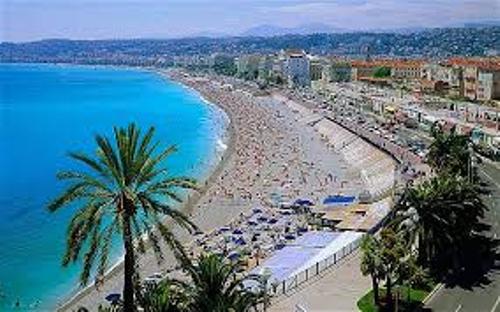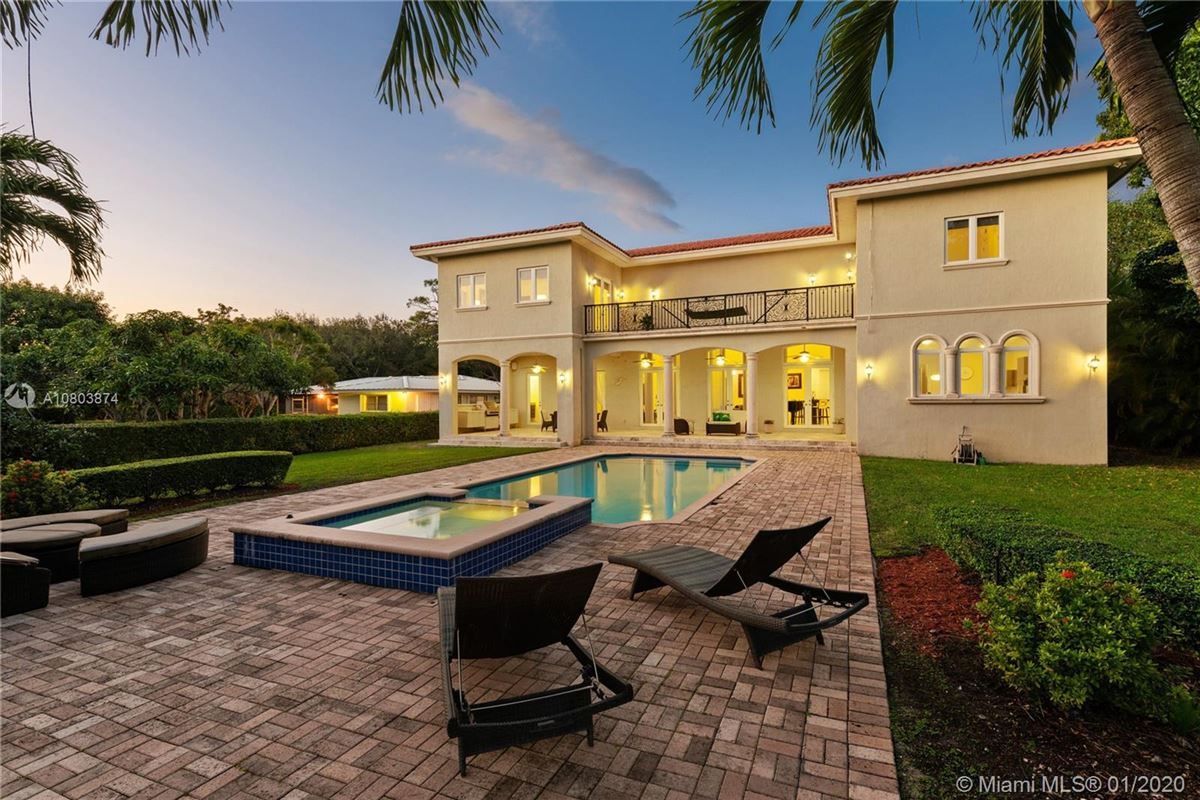

The whole Old Town area is a historical monument on the Bavarian historical monument list. Why it’s awesome: Located in the Old Town, or Altstadt, one of the oldest neighbourhoods in Munich, Marienplatz was a market in the late 1150s. Warning: some of the best places in Munich are certain to surprise you!

Your travel planning will be a breeze and you won’t need to miss any of the hotspots in Munich, even if time is limited. We’ve created this awesome list of the best places to visit in Munich to help you out. There’s no need to lose tons of time planning your trip, though. As Germany’s third-biggest city, it can take a long time to figure out your Munich itinerary-there is simply so much to see and do and the distances are large. There are definitely plenty of reasons to travel to Munich. It is also one of the most cultural cities in all of Germany and hosts the yearly Oktoberfest beer festival, which draws large crowds from all over the world. It is known for its splendid architecture, especially the charming Old Town that has been reconstructed to appear almost exactly as it did at the end of the nineteenth century. Lake Texcoco was ultimately drained, and much of Mexico City rests in the lake basin.The capital of German Bavaria, Munich is a lively city with a modern and forward-thinking attitude combined with a historic appearance. The leader of the conquistadors, Hernan Cortés, began the construction of what is now known as Mexico City among the ruins. A great deal of Tenochtitlan was destroyed in the fighting, or was looted, burned, or destroyed after the surrender. The Spanish conquistadors, aided by an alliance of indigenous peoples, laid siege to the Aztec capital for 93 days, until the Mexica surrendered on August 13, 1521.

The Templo Mayor precinct was the location in which the Aztec practiced both bloodletting (offering one’s own blood) and human sacrifice. Atop the single complex were two temples, one for Tlaloc, the god of rain, and one for Huitzilopochtli, the god of the sun and war. The center of the city was known as the Templo Mayor. Each of the four sectors had its own services, including a religious precinct, and was occupied by craftspeople like weavers, sculptors, and potters. This central area was where the temple of Huitzilopochtli, temples for other gods, and the rulers’ palaces lay. Tenochtitlan was laid out symmetrically, with four sectors separated by four causeways or canals surrounding the central area. Causeways that doubled as dikes connected the island to the mainland and separated freshwater from saltwater, protecting the chinampas. Tenochtitlan eventually reached an area of more than 13 square kilometers (five square miles). Built on two islands, the area was extended using chinampas -small, artificial islands created above the waterline that were later consolidated. The Aztec built their capital city, Tenochtitlan, on Lake Texcoco. The Aztec region of Mesoamerica, called Anáhuac, contained a group of five connected lakes. When they saw this exact scene on an island (located in what was once Lake Texcoco), they interpreted it as a sign from their god and founded Tenochtitlan on that island. Huitzilopochtli directed them to build where they saw an eagle perched on a cactus, eating a snake. According to legend, the Mexica founded Tenochtitlan after leaving their homeland of Aztlan at the direction of their god, Huitzilopochtli. Tenochtitlan, the capital of the Aztec empire, was founded by the Aztec or Mexica people around 1325 C.E.


 0 kommentar(er)
0 kommentar(er)
